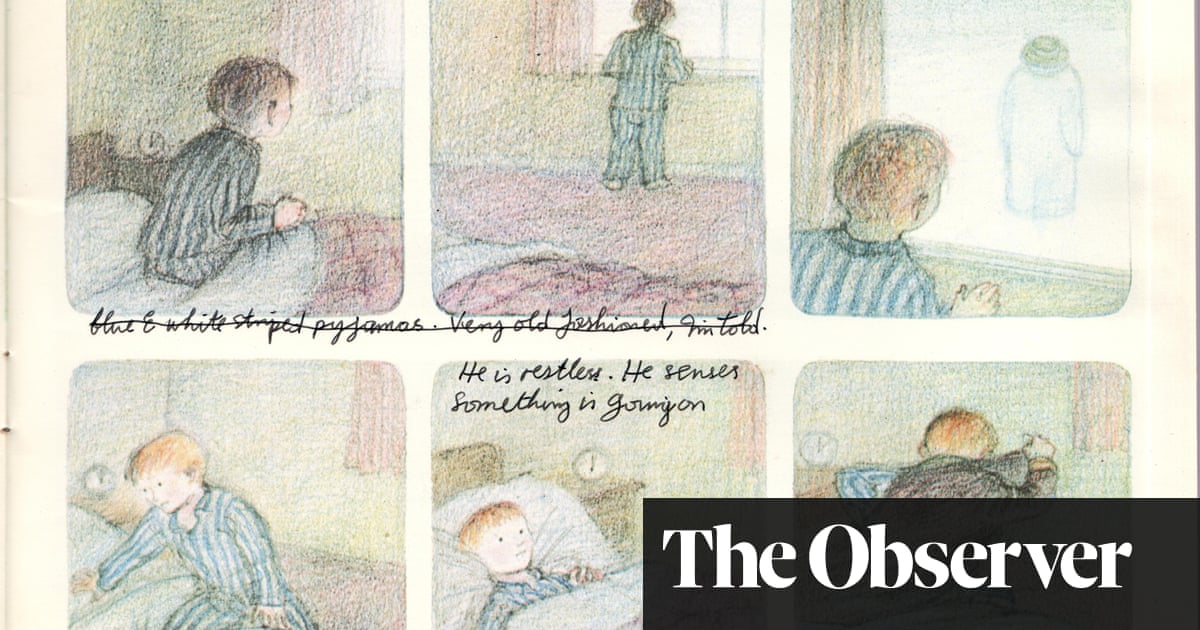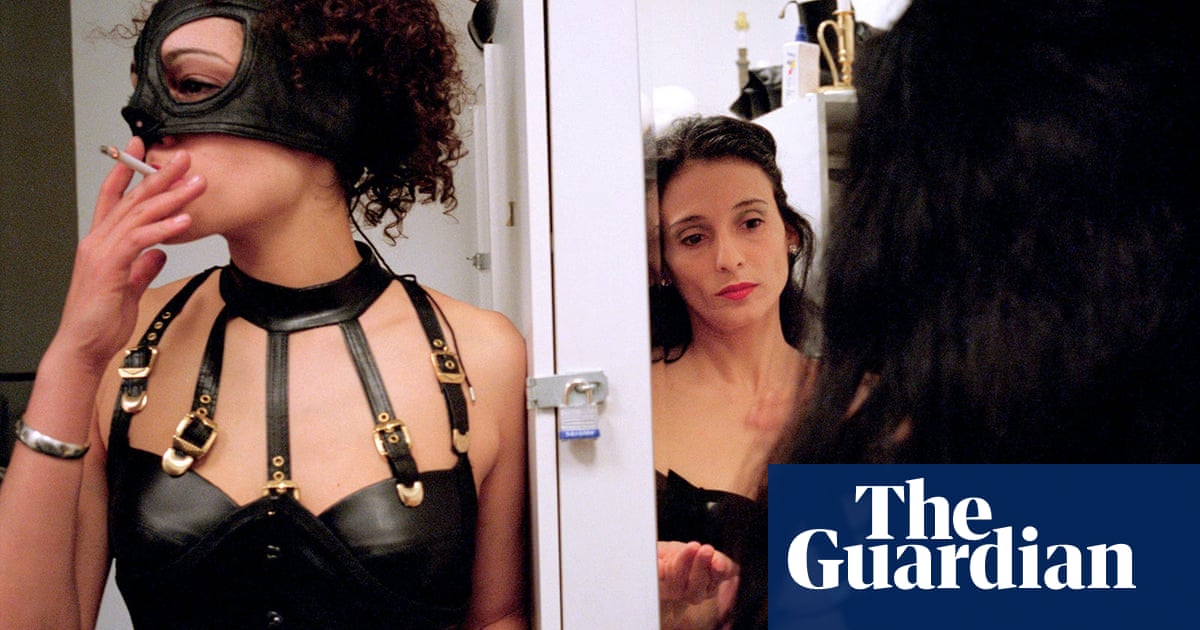
It is Raymond Briggs’s most loved book, notching up sales of 5.5m, while the TV adaptation is a hardy perennial in the Christmas schedules. However, the discovery of a Finnish edition of The Snowman with notes scribbled in the margin by its author decades after publication reveal that parts of the story have been misinterpreted.
It has frequently been assumed that the melting and disappearance of the snowman was symbolic of the loss of Briggs’s parents and wife in the 1970s. Not the case, according to the author’s remarks.
“Many people have said this book is a parable about death,” wrote Briggs on the last of the illustrated pages in 2014, 36 years after the book’s publication in 1978. “That wasn’t my intention though my parents and my wife, Jean, had died.”
In another entry, Briggs writes about the flight of the boy and snowman. “It’s the South Downs behind my house,” and “this is the Royal Pavilion in Brighton, not Russia as more than one reviewer has said.”
Further notes reveal “the snowman is swinging his arm wrongly” before Briggs wonders “how does he know how to shake hands?” At the end of the book, he writes: “I’ve only just noticed after 30 odd years that the melted snowman almost makes a face – the three lumps of coal resemble eyes and nose. That wasn’t my intention. I wish it wasn’t there.”
This retrospective critique was discovered by Joleene New while she was looking through a box of books during a clearance of the late author’s house. “I found this Finnish copy of The Snowman, titled Lumiukko, and noticed that someone had written in it,” says New, who is collections officer at the Ditchling Museum of Art and Craft. “The annotations looked like Raymond’s writing, just slightly messier than I’d seen elsewhere.”
Stephanie Fuller, director of the museum, which is a mile from Briggs’s Sussex home, said: “You can see that Raymond is reflecting about The Snowman a long time after writing it.”
Fuller is overseeing an exhibition of Briggs’s work, opening on 27 April, based around the contents of the house where he lived and worked for nearly half a century until his death in 2022. This annotated version will be a late bonus to other items including his original artworks for books such as Father Christmas, When The Wind Blows and Fungus the Bogeyman; page designs; his writing desk; and memorabilia such as his Snowman mugs. There are also many letters, including one from a man in Pennsylvania who was convinced that in one image Father Christmas is “performing an act of personal hygiene” sitting on the loo.
Briggs begins his notes in the Finnish version with remarks about the young boy’s pyjamas. “Blue and white striped pyjamas! Pre-historic! But for me, pyjamas have to be blue&white stripes, otherwise they are not pyjamas. A vest? Another antique. How many kids today wear vests? People have complained about the lack of underpants. Rest assured, they are there. A dressing gown! Antique again? Not necessarily but I’m told youngsters now wear ONESIES, whatever they are.”
On another page, Briggs writes that “it takes hours” to build a snowman. “An interviewer once asked me if we could build one together so I could be photographed with it. He said it would only take 20 MINUTES!!” There is another note about the snowman “being astounded by the miracle of television – as at one time, long ago, we all were”.
There is more about the book in a 1997 letter to his publisher in the exhibition. “The Snowman is now entering its third decade,” Briggs wrote. “Master Raymond Briggs, craftsman, has endured several hundred interviews over the past 20 years. He has shotte his bolte, and can do no more. As from the First Daye of December 1997, Master Briggs will do no more interviews about The Snowman ever again. Signed Raymond Briggs, the Westmeston Parish Asylum for the Insane.” He lived in Ditchling’s neighbouring village of Westmeston.
As if to confirm Briggs’s eccentricity, there is also a very short note he penned himself in the late 1990s after Connie, the then three-year-old granddaughter of his partner Liz, told the author that he was “not a normal person”. So Briggs then penned ‘RAYMOND BRIGGS IS NOT A NORMAL PERSON’ on a piece of paper before it was pinned on a living room door for the rest of his life.
Particularly personal is his oil painting of his parents Ethel and Ernest, portrayed as if from his 1950s childhood when they were, respectively, a housemaid and milkman. In 1998, Briggs had just finished an illustrated book about them before sending it to his publisher.
“But he was worried that this one – very different to his others – might not be accepted,” says Fuller. “So, to calm his nerves while waiting for a response, he painted their life-sized portraits on a cupboard door. We’ve now removed it for the exhibition.” Not surprisingly, his publishers accepted the book.












